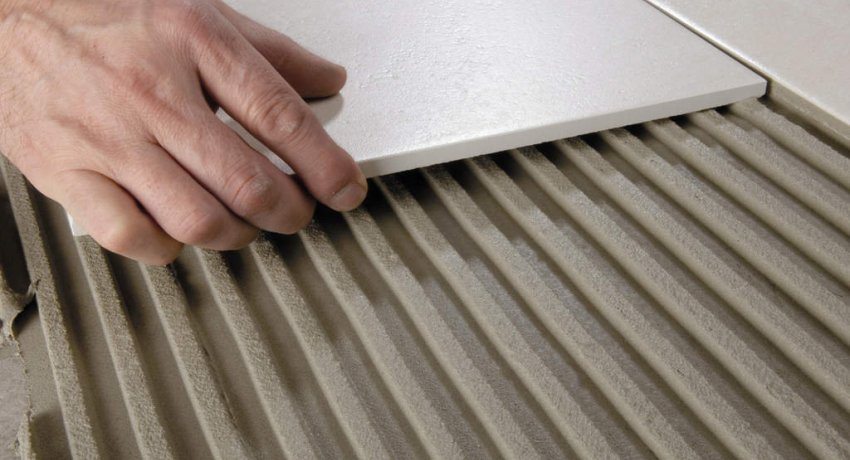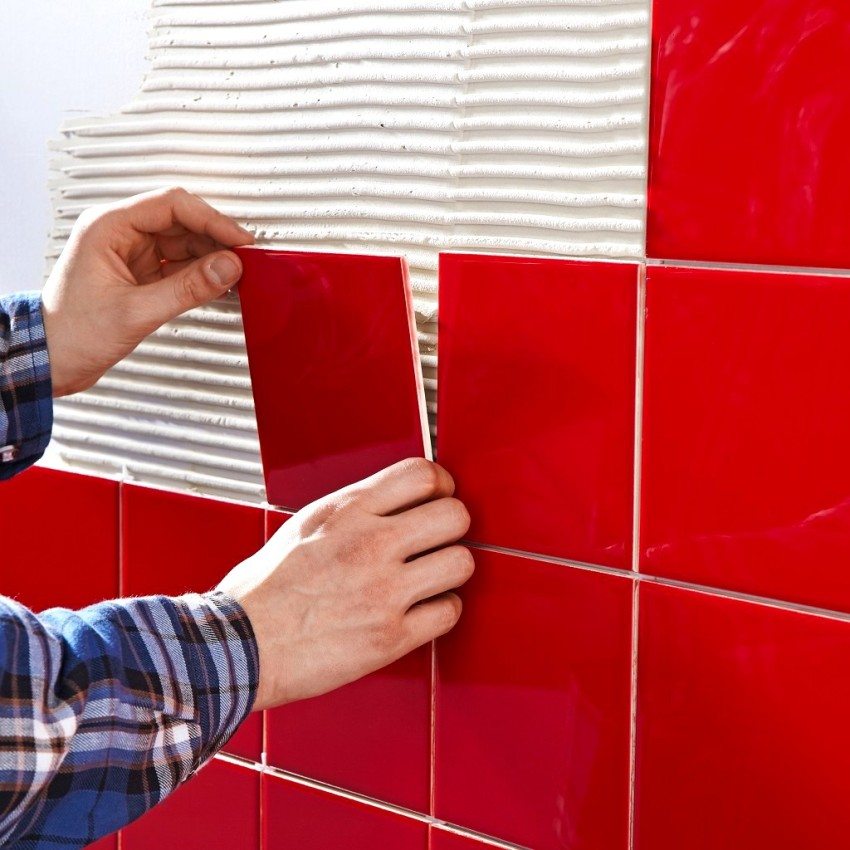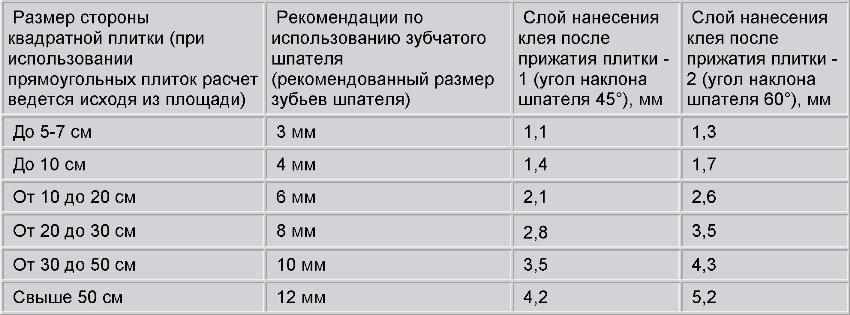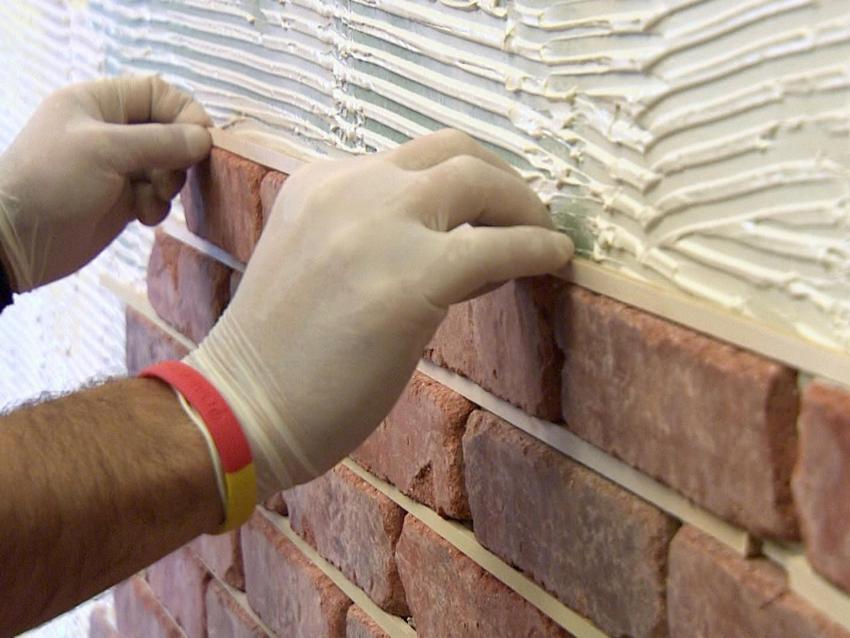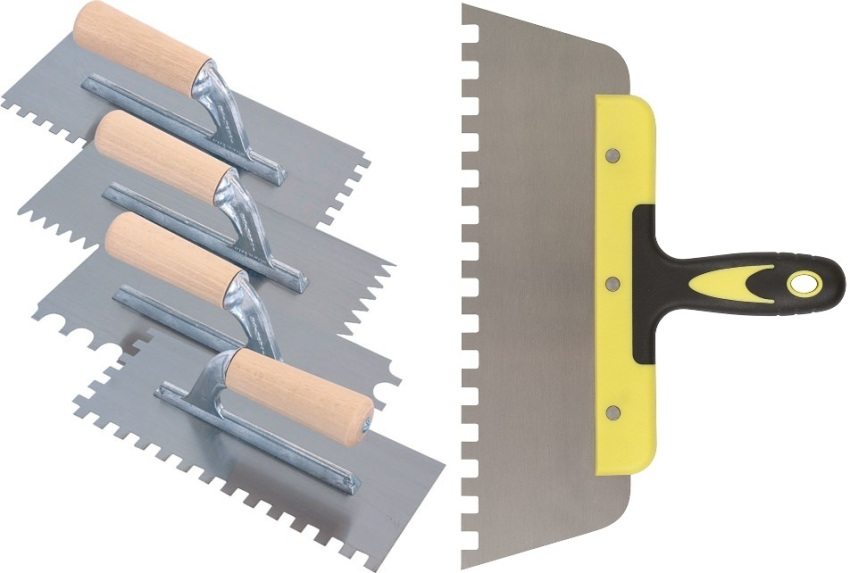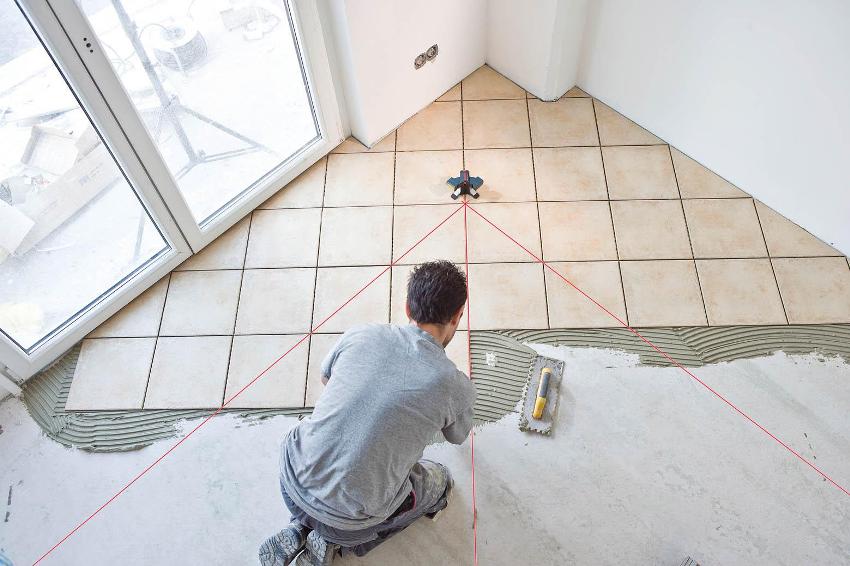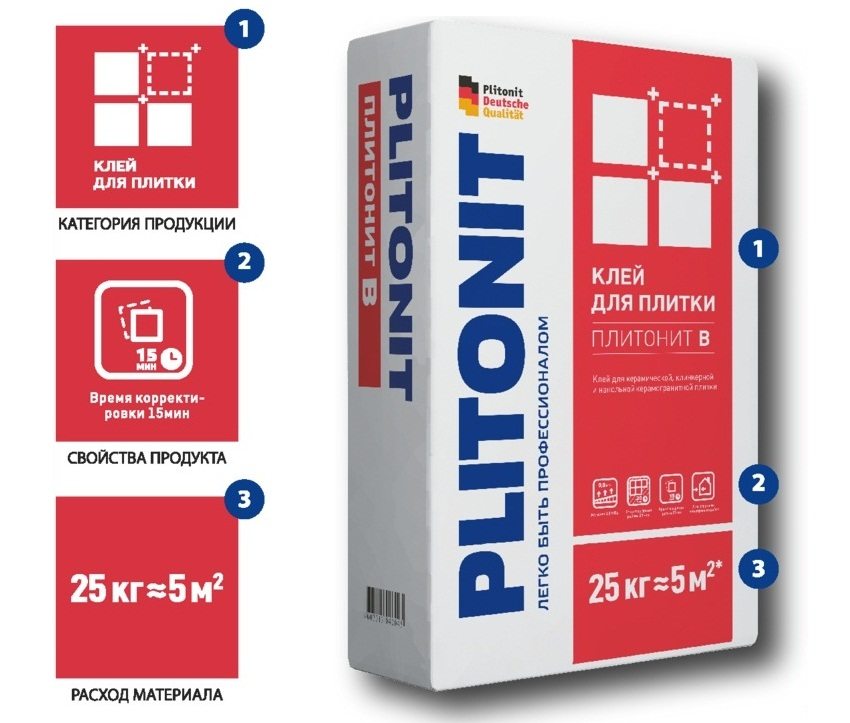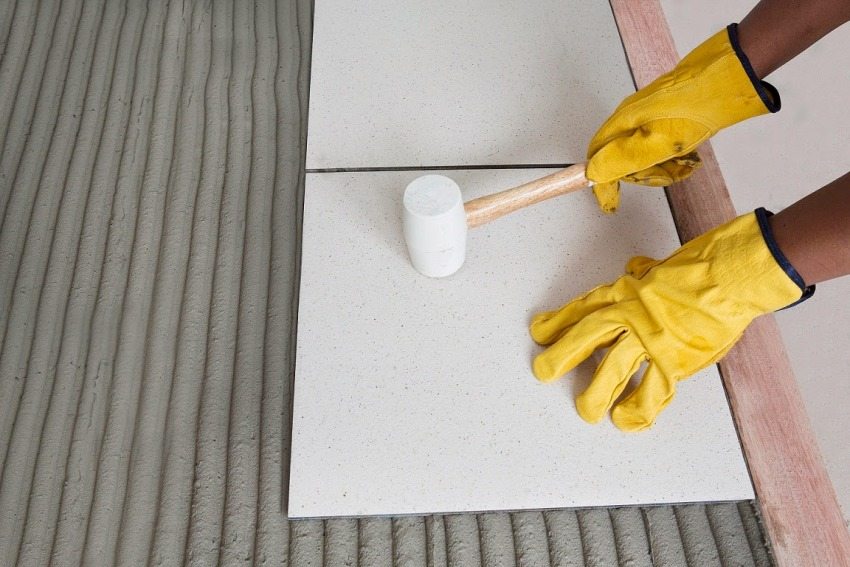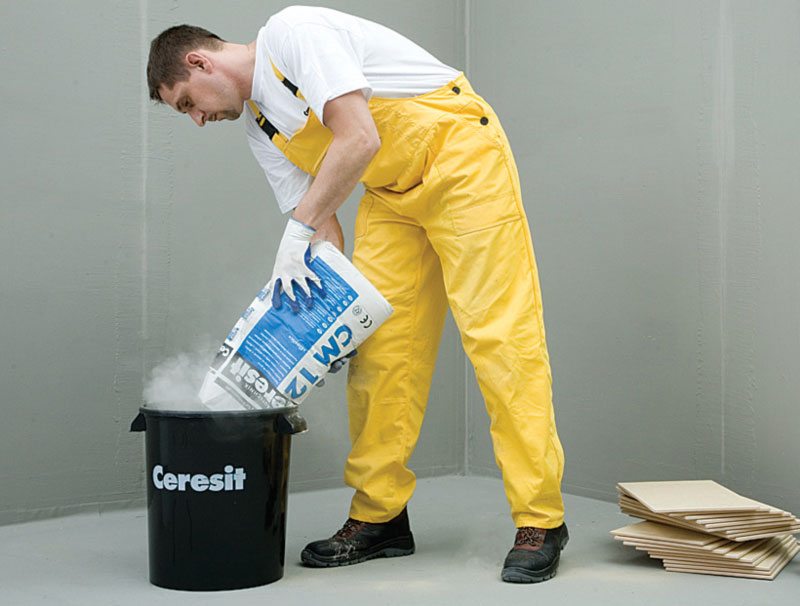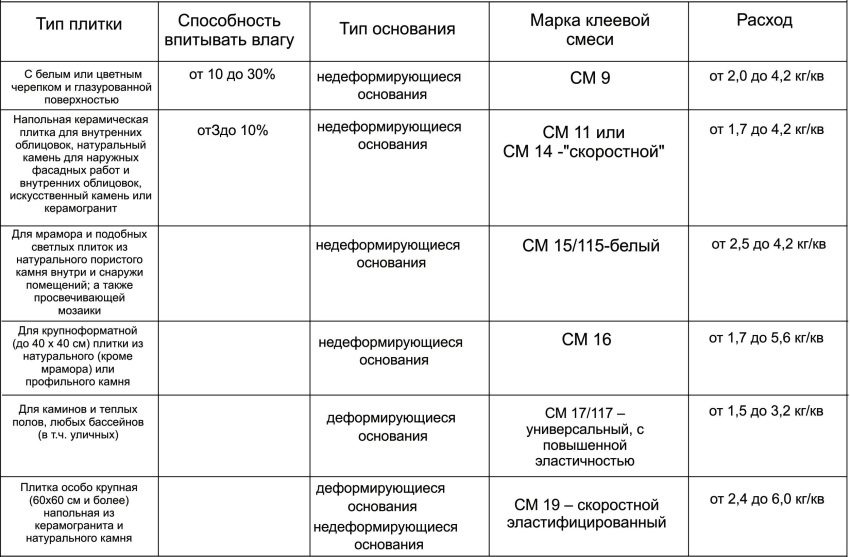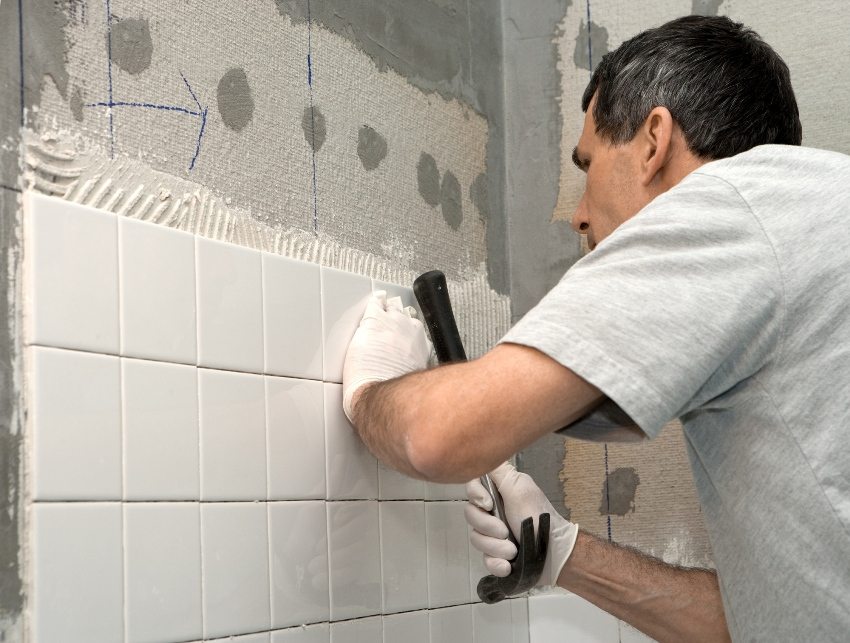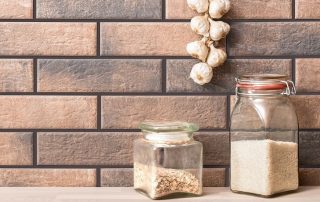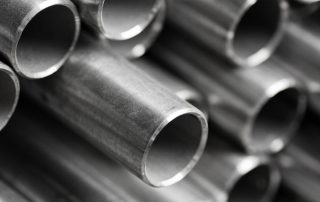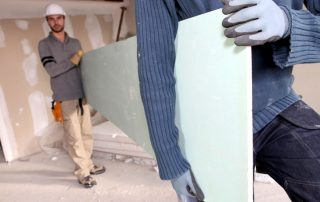What is the best adhesive for tiles? This question is asked by everyone who wants to make the floors and walls in the room with ceramic or tiles. Adhesives are made by many manufacturers, in addition, there are a huge number of their varieties, differing in properties and purpose.
Content
Varieties of adhesives
According to the international classification, there are five main groups of adhesives:
- for indoor work;
- universal;
- super strong fixation;
- moisture repellent;
- for floor tiles.
Internal work
Indoor adhesive is the cheapest adhesives available. It differs in a reduced content of various binding additives, however, its quality does not suffer from this at all. Its purpose is to glue standard 30x20 cm tiles to solid foundations made of concrete blocks or bricks. Its main disadvantage is the inability to use it in high humidity and with temperature extremes in a wide range.
Universal composition
If you ask an experienced craftsman which tile adhesive is better, he will answer - universal. This type of compound is used for facing from the street side and for interior work. But it is worth making a reservation - it is better not to plant large-sized tiles on it. It will not withstand heavy loads either. All-purpose adhesive is best used for standard tiles.
Super strong hold
The glue of increased fixation is characterized by high adhesive properties and is able to maintain them in any microclimate. It is most often used for finishing walls in any premises where high temperature effects are planned - baths, saunas. It is also used for fixing large tiles or natural stone. Such a composition is firmly connected to almost any surface.
Water repellent adhesive
For bathrooms, a water-repellent adhesive is ideal. It is also suitable for decorating a porch or a summer terrace. Initially, it was developed for the arrangement of fountains, swimming pools. A similar composition also has super-strong fixation, but special substances are added to it, giving it water-repellent properties.Sometimes, when finishing wet rooms, glue of increased fixation is used instead, but grouting is done with a special mixture that repels water.
Floor tile adhesive
The main difference between the adhesive mixture, developed specifically for fixing floor tiles, is the presence of a special substance - a plasticizer. It is added in a fairly large amount so that the finished solution can fill all existing air gaps. It is impossible to use such a composition for decorating walls with tiles, it will not fully hold and will "float" over time.
Related article:
Floor tiles for the kitchen: photos and prices of popular types. Technical parameters of the main types. Ceramic, porcelain stoneware and quartz vinyl flooring. Review of tile manufacturers.
The quality of the tile or ceramic tile finish and its durability depend on the correct choice of the adhesive mixture. To determine which tile adhesive is best, you need to know a few nuances that will help you make the appropriate choice.
What is the best adhesive for tiles? Basic selection rules
The choice of a high-quality adhesive mixture depends on several criteria. There are several nuances that affect the choice of such material:
- Terms of Use. For laying tiles in the kitchen, glue designed for interior work, as well as universal, is suitable. In the bathroom, it is better to use a mixture that has hydrophobic properties. For terraces and porches, both a water-repellent compound and an increased fixation are more suitable.
- The base material to which the tiles are attached. If, for example, the walls or floor are tiled with particle boards, then you should not purchase cement-based glue.
- Tile size. Large tiles larger than 30x30 cm should be fixed with stronger and better quality glue. For little ones, simple mixtures are suitable.
So, which adhesive for tiles is better, you need to decide on your own, depending on the possible operating conditions and its dimensions. By choosing the right glue, you don't have to worry about the tiles falling off in a few days.
Useful advice! If you plan to lay tiles on drywall, OSB sheets or other materials subject to bending, it is worth purchasing a special adhesive composition.
Special adhesives
In addition to the usual adhesive for laying tiles, which contains cement, other types of compositions are used. A dispersion mixture was produced for ceramics, intended for fixing it to non-standard bases. If the surface is made of plastic, drywall or wood, then other adhesives simply will not cope with the task. With the help of the dispersion composition, tiles can be laid on slippery walls without preliminary sanding and priming. The consumption of such glue is very low, which compensates for its high price.
You can also use epoxy adhesives for tiling. These multi-component mixtures are mixed with a special catalyst included in the kit. It is waterproof, resistant to ultraviolet light, alkalis, solvents, acids. It can be used outdoors, in any weather, and in humid rooms.
Diluted epoxy glue crystallizes rather quickly, so some skill is required to carry out the work. It is not recommended to dilute the frozen mixture, because of this, all its properties disappear.
Useful advice! If epoxy glue gets on the tile, it must be removed urgently. The frozen drop turns into stone, and then it is almost impossible to erase it.
You can decide which adhesive for tiles is better based on your capabilities. Using special formulations will require some skill or at least a little experience.Special mixtures can be used if the work is carried out by an experienced craftsman.
Calculation of glue consumption
Usually, the manufacturer indicates the approximate consumption of the mixture per square meter on the packaging of the glue. This is necessary for a preliminary calculation of the amount of material required. However, this indicator can change in the process of work, since some factors can influence the consumption of any composition:
- air temperature;
- unprepared surface;
- professionalism of the master;
- the size and structure of the tiles;
- used tools.
At a higher air temperature, moisture evaporates more quickly, and, accordingly, the adhesive composition becomes much thicker, and the consumption is greater. If the surface before laying the tiles is not prepared in advance, then the mixture will need much more in order to simultaneously fill in all the irregularities or defects. A master without proper experience, using the wrong tools, can spend significantly more glue than necessary.
How to glue tiles with your own hands
The base must be carefully prepared before laying the tiles. Deep holes are hidden under a layer of plaster, then the entire surface is primed. In rooms with high humidity, walls and floors are pre-treated with antiseptic and moisture-repellent compounds.
After that, they begin to dilute the glue and lay the tiles. The glue mass is applied to the prepared surface with a simple spatula, and then stretched over the surface with a special notched one. The area to which the mixture is applied must be such that its lining does not take more than 10-15 minutes.
Useful advice! It is convenient to use a drill with an additional mixer attachment to mix the glue solution.
After installation, each tile should be tapped with a special rubber mallet. This must be done from the center outward. To make the seams the same, you should additionally purchase special dividers. They are made in the form of crosses that allow fixing the tiles. After the end of the installation, the glue is allowed to dry a little and the joints are grilled.
Tile adhesive (video)
